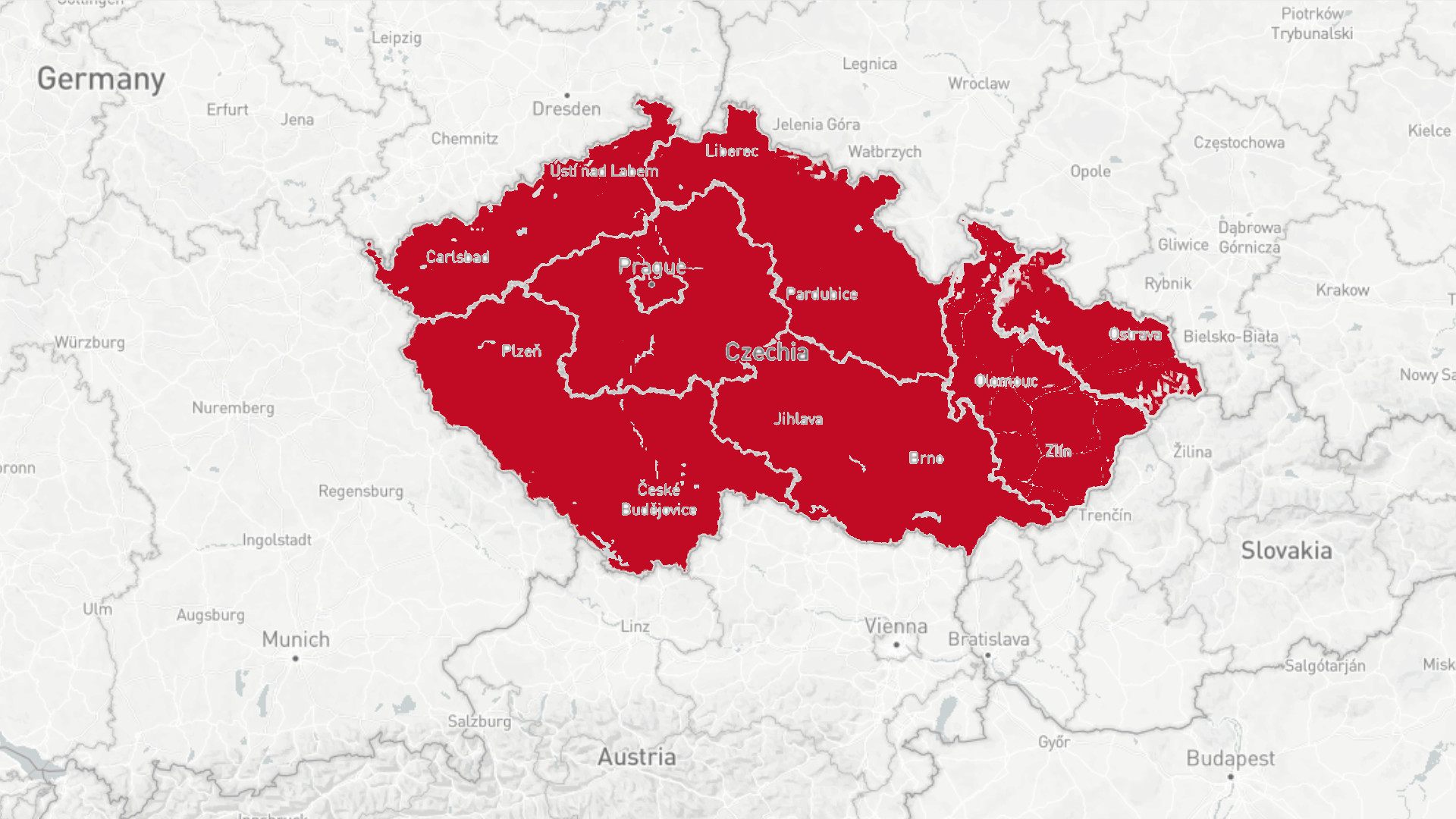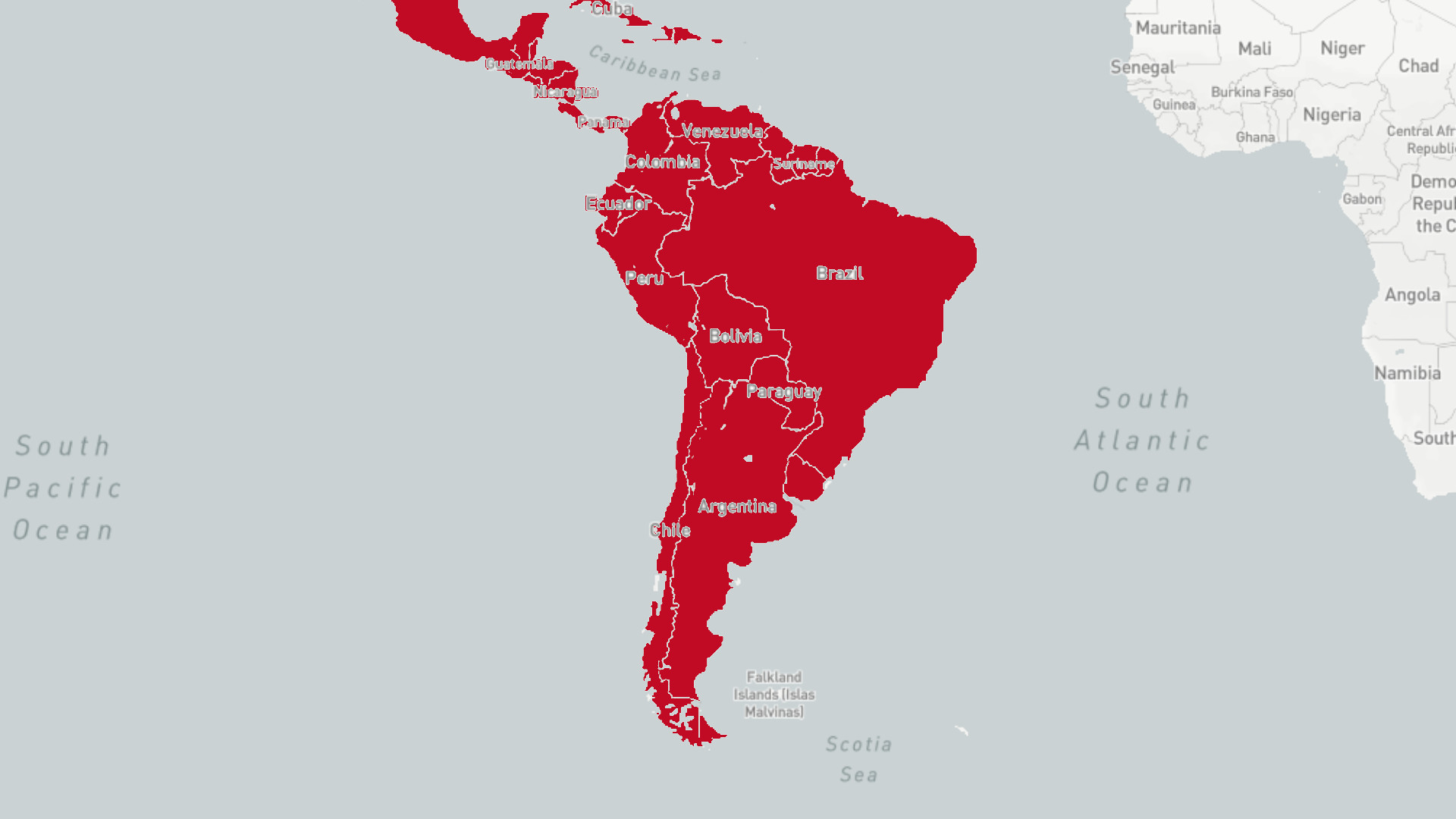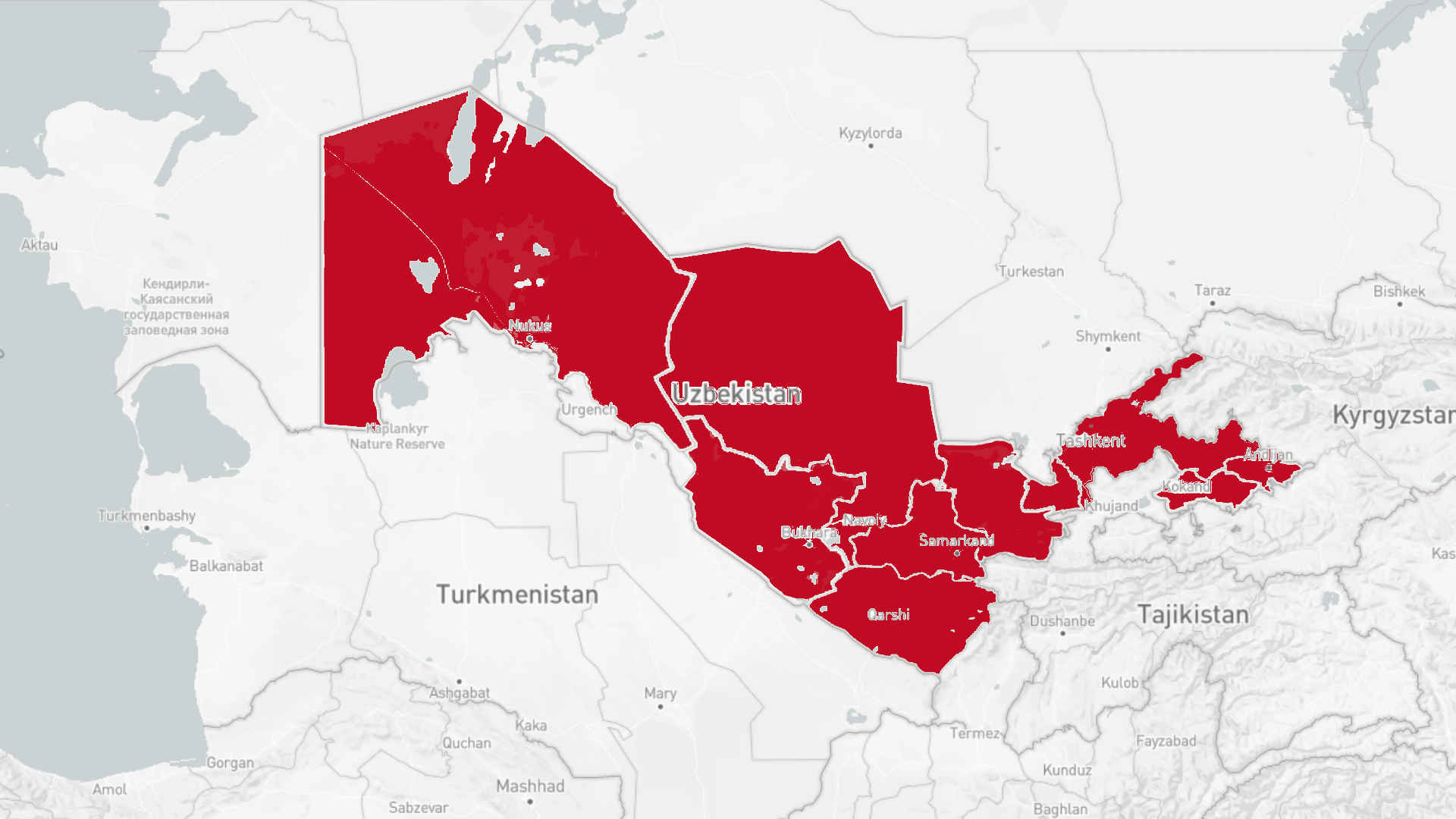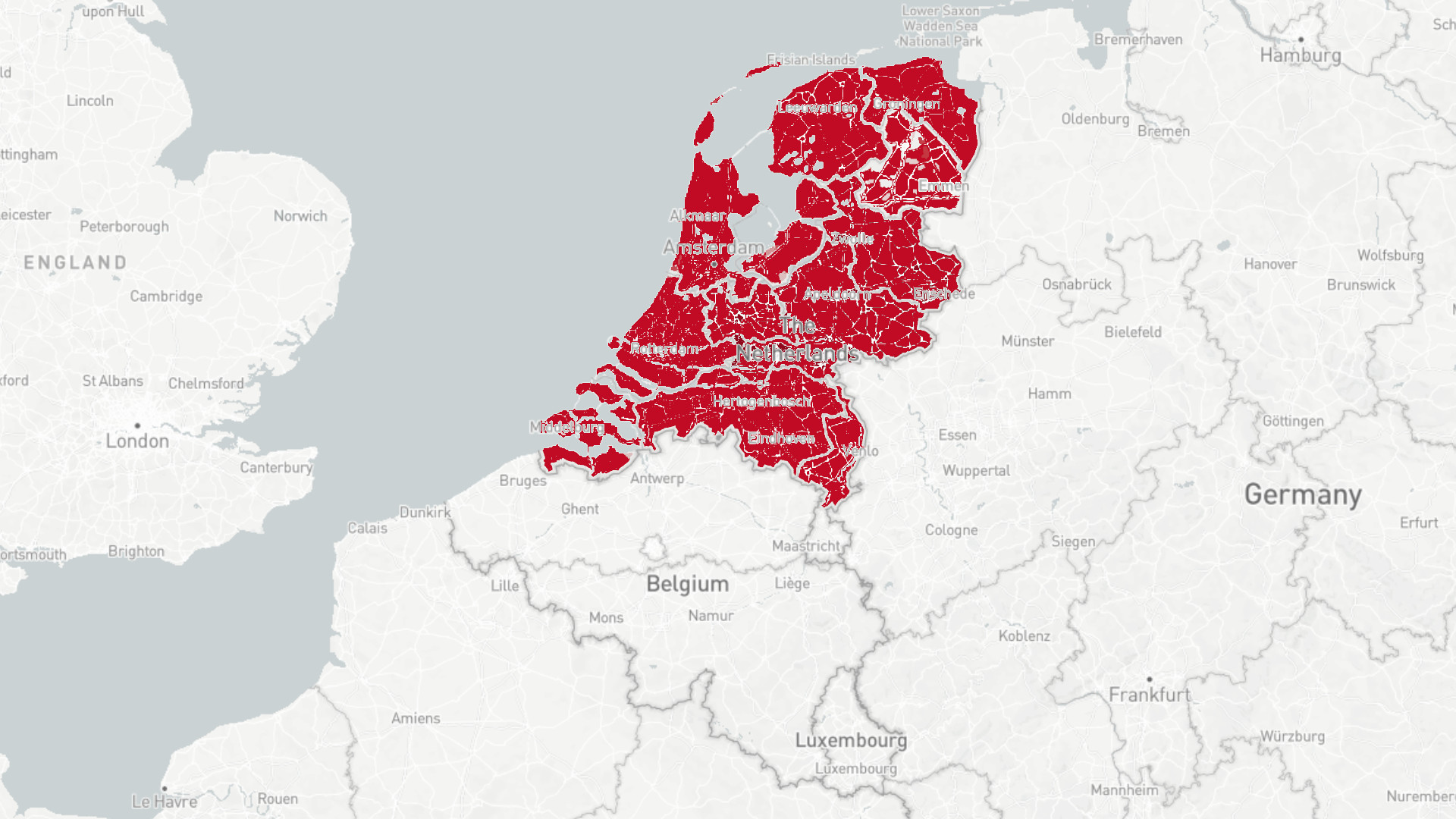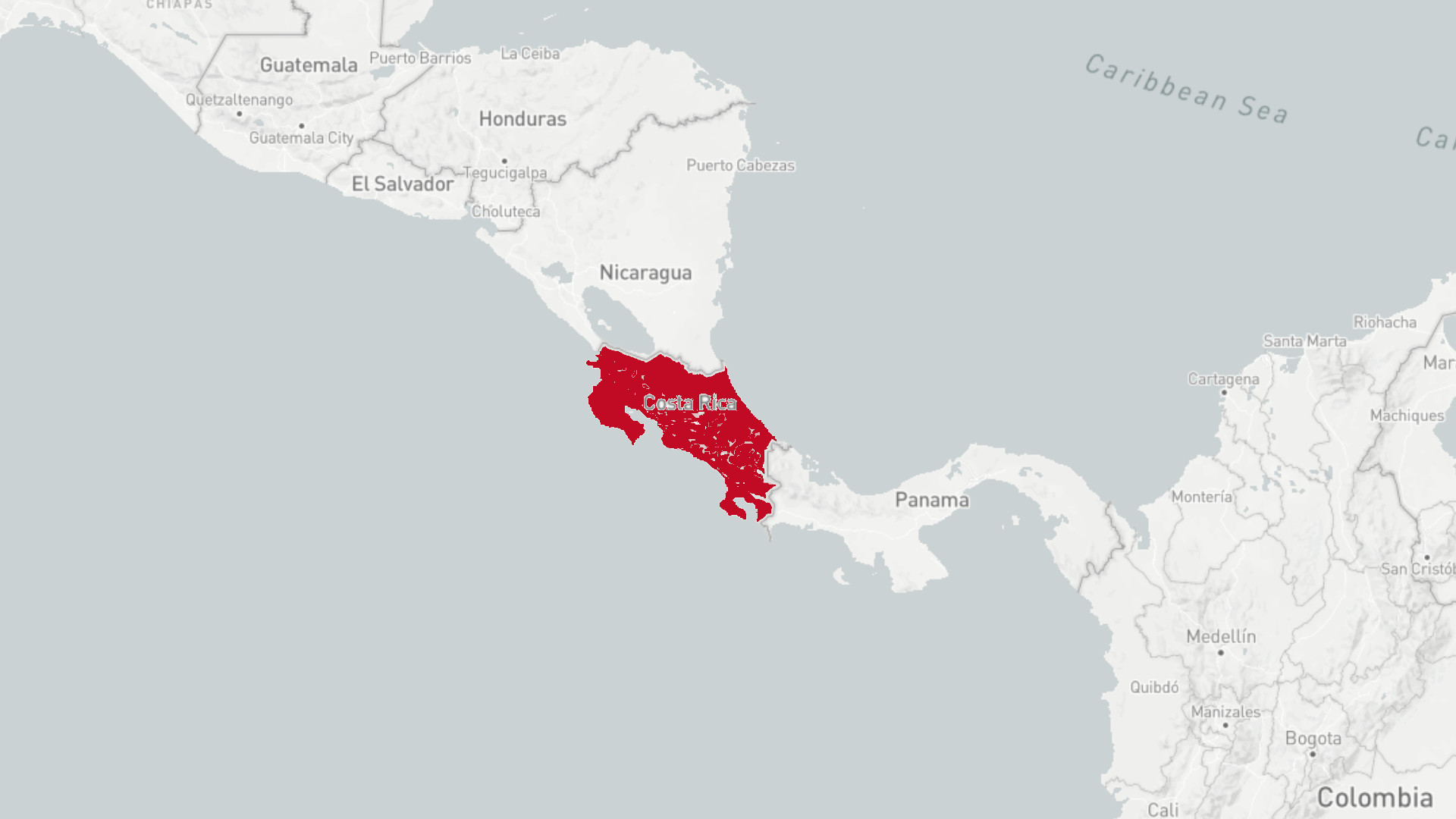The Trauma of Trianon
Mostly unknown to Western Europeans, Hungary and its neighbouring states still struggle upon the border drawing after the Great War. This conflict isn’t taken by anyone with levity.
written by

Nils Gundel
With the European Union and the rest of the world in the grip of the Coronavirus, a speech of the Hungarian Prime minister Victor Orbán in Sátoraljaújhely in early June 2020 went nearly unnoticed to the western world. In this small city at the hungarian-slovacian border Orbán remembered the 100th anniversary of the Trianon Treaty. Following its defeat in the First World War the Austro-Hungarian Empire was dissolved into the First Austrian Republic and the Kingdom of Hungary in 1918. Being the last of the afterwar treaties and named after a palace in Versailles, the Trianon Treaty specified the borders of the Kingdom of Hungary and its newfound neighbours, the Kingdom of Romania, the Czechoslovakian Republic, the Kingdom of Serbs, Croates and Slovenes, as well as the First Austrian Republic. The Kingdom of Hungary lost large parts of its territory and population, with the new borders leaving over 3 million Hungarians as the minorities in other countries.
Though 100 years passed the Trianon trauma is still very much present in Hungary. Prime minister Victor Orbán in his speech said that the Treaty has been a rape of the borders and history in Central Europe: “Central Europe was redrawn without moral concerns, just as the borders of Africa and the Middle East were redrawn. We will never forget that they did this.“ He then goes on and calls the Hungarians divided in state but one in nation, with Hungarians being Hungarians, even when not living in Hungary but being a minority in another country. This, though more in an ideological then a real way, bears a striking resemblance to the polish trauma in the 19th century. With Poland not existing since the late 1700s until 1918, the Polish People saw themselves as a nation without a state. The big differences between the Poles then and the Hungarians today: Hungary always existed as a state, and additionally is an important political power in central Europe - and Victor Orbáns Hungary isn’t fond of using this influence.
Dual citizenship for minorities
2011 a new law was pushed through by the Fidesz-Party, giving this minorities the option for the Hungarian passport – in form of a dual citizenship. With quick success: The numbers of people given a new Hungarian citizenship skyrocketed in comparison to the years before, from 5,714 new citizens in 2010 to 146,635 in 2011. According to a research of Euronews, published by Chris Harris in 2015, the country gave new citizenship to 675,000 people in just the four years after passing the law. At least a third was issued to people living in Romania.
Watching Romania in the light of this issue, it becomes of great importance: about 1,2 million or 6% of the population are ethnical Hungarians. Most of them live in the region of Transylvania, where they in parts constitute the majority. How tense the situation can get became evident in April 2020, when the Democratic Alliance of Hungarians in Romania (RMDSZ) introduced a bill in parliament in Bucharest with the aim, to give more autonomy to Szeklerland in eastern Transylvania – doing so for the fourth time. Though it was struck down again, the RMDSZ still won a small victory with the bill passing the lower chamber before failing in the senat. This passing stirred a sharp reaction by Romanian President Klaus Iohannis, who in a two-minute-long video statement accused the RMDSZ, Social Democratic Party (PSD) and the Hungarian Prime Minister Victor Orbán of teaming up for the secession of Transylvania from Romania.
Iohannis, part of the German minority in Romania, is by far not the only high ranked Romanian politician using harsh words against the Hungarian minority in general, and the autonomy movement in Szeklerland in particular. In January 2018 Rumanian prime minister Mihai Tudose (PSD) said during an interview, that people hanging the Szekler flag on institutions in Szeklerland should be hanged as well.
Healing needs time and compromise
Though an example for the highly competitive acting by politicians on both sides, things lately changed at least in practical terms. For example, bilingual signage has become very common in certain parts of Slovakia and Romania, and the political influence of parties of the Hungarian minority have increased. Only in the Ukraine the party lost some of its minority rights lately, probably due to the usage of Russian minorities by Moscow to justify the annexation of the Crimea and the informal war in the Dombass.
But even with these partially positive changes, Trianon still seems to be a sore spot for many Hungarians. According to a poll conducted by Trianon 100, a research group at the Hungarian Academy of Sciences, 85 percent of them watch Trianon as the biggest national tragedy.
In the end, respecting the needs of the involved countries and ethnic groups, will be the only way to solve this problem peacefully. For how this could work out in the end, Budapest and its neighbours may look to the west. In 1918 Austria lost territory in the Treaty of Saint-Germain as well, the most prominent being South Tyrol to Italy. It took until the early 1990’s for the conflict regarding South Tyrol officially being solved between Italy and Austria. In 1996 this led into the formation of the Tyrol-South Tyrol-Trentino Euroregion.
But this could only work with the involved countries stepping down on their nationalist argumentations. The solution of Saint-Germain was cooperation, the solution of Trianon has to be the same.

